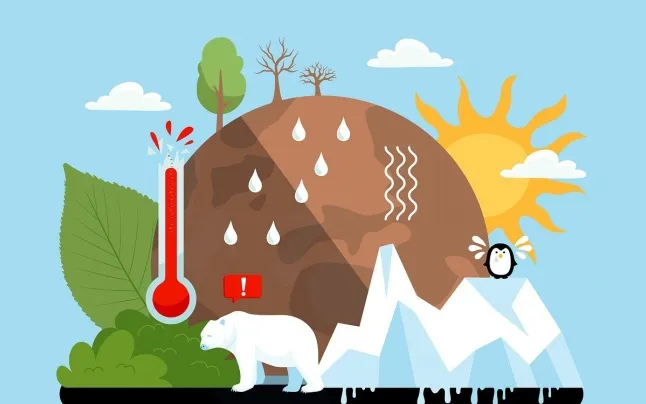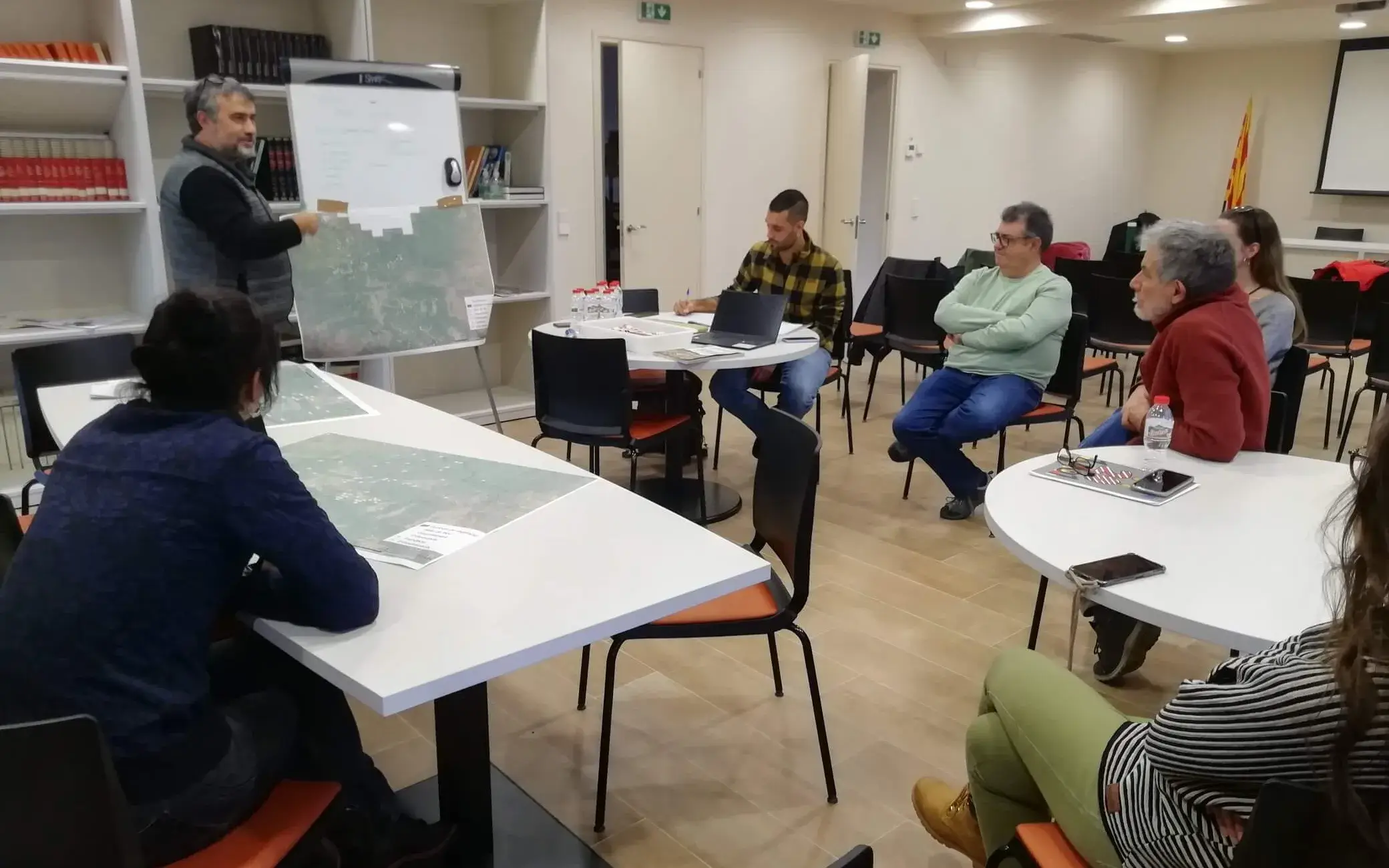The twenty-eighth United Nations Conference on Climate Change is being held these weeks in Dubai.
The United Nations Conference on Climate Change is one of the most important annual events in terms of the fight against 39; climate emergency. It is for this reason that, during the past weeks, the media and social networks have been filled with news, interviews and opinion articles about this summit.
To better contextualize everything, from Xarxanet we have prepared this glossary with six key concepts< /span> that you need to know to understand the complexity of what we are playing as a society in COP28.
COP
The acronym 'COP' refer to 'Conference of the Parties'. It is an annual meeting that brings together almost two hundred countries that are part of the United Nations Framework Convention on Climate Change. The first COP was held in Berlin, Germany, in 1995
This year, the twenty-eighth edition of the Conference of the Parties is being held in Dubai, United Arab Emirates. Many environmental groups and organizations have criticized this decision, since almost 30% of the UAE's income is linked to oil and gas. In addition, the summit has also been surrounded by controversy due to the appointment as chairman of the event of Sultan Ahmed al-Jaber who, in addition of being CEO of the Abu Dhabi Oil Company, has assured that "there is no science" which demonstrates the need to reduce fossil fuels to achieve climate neutrality.
Framework Convention
The United Nations Framework Convention on Climate Change was adopted in 1992 and entered into force two years then, in March 1994. It is a normative ratified by the 197 countries that are part of the Conference of the Parties. Often, in technical documents or media, this framework is referred to by the acronym 'UNFCCC'.
The main novelty of the Convention was the recognition that, behind the incipient climate change, there were the greenhouse gases < a i=2> emitted by human beings in their daily activity. In addition, the 1992 framework reiterated one of the bases of the previous reference protocol, the Montreal Protocol, adopted in 1987, which obliged member states to act in the interest of human security, even in the face of scientific uncertainty.
Paris Agreement
This is the latestextension of the Framework Convention that was approved the year 2015 and, for now, it is the international standard in terms of cutting and controlling emissions 39; greenhouse effect. The predecessor norm is the famous Kyoto Protocol, approved in 1997.
This agreement obliges all countries that join the pact to make cuts in their emissions establishing that, at a minimum, the sum of all the reductions that are carried out must be sufficient to achieve that theincrease in the average temperature of the planet at the end of the century do not exceed two degrees centigrade compared to pre-industrial levels.
Despite all countries signing the COP, environmental organizations have been complaining for years that sufficient measures are not being implemented < to i=2> to reach the agreed objectives. Two years ago, the movements Rebel·lió o Extinció Barcelona and Fridays For Future Barcelona < a i=6>reported to Xarxanet a rise in temperature that exceeded 1.2 degrees.
IPCC
The Intergovernmental Panel on Climate Change (IPCC) is an organization dependent on the United Nations, specifically related to the his work in favor of the environment, founded in the year 1988 by the Swedish meteorologist Bert Bolin, Switzerland.Geneva, which is based in
In recent years, IPCC experts have warned on several occasions that countries are not on track to meet the goals of the Paris Agreement . The Group recognizes that, since the approval of the standard, progress has been made, but not enough. In fact, the current plans of many of the COP countries foresee an increase in temperature of between two and three degrees. In addition, according to the latest assessments of the IPCC, the year 2022 emissions.new record in greenhouse marked a
NDC
These acronyms refer to the concept in English 'Nationally Determined Contribution' or, what is the same, the emissions cut plans committed to by the countries that signed the Agreement of Paris in 2015. Current emission reduction targets are set until 2030 and, as as the IPCC warns, they are insufficient to achieve the set goals.
During the current COP28, the first official assessment of the implementation of the Paris Agreement has been made, for know where each of the states is with respect to the numbers to which it is committed. In addition, the following national plans that are scheduled to be implemented between the years 2025 and 2035 will also be established.
Offset and carbon capture
Compensation and carbon capture are two techniques, quite expensive and rarely used, that are used in those industrial processes in which no other alternative exists< /span> to eliminate the carbon dioxide emissions they cause.
These techniques consist of capturing the emissions of a certain company or facility and retaining them so that they do not reach the atmosphere. This is a technique often used by large corporations, which complement it with compensations for emissions through, for example, forests.







Add new comment